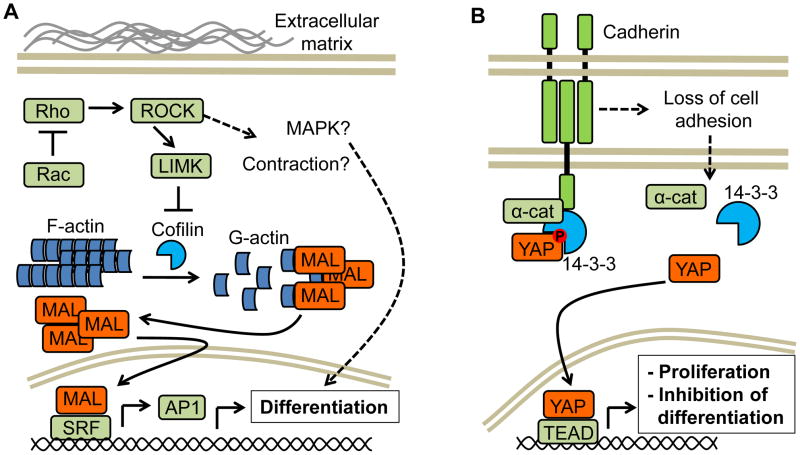Figure 3. Other signaling pathways controlling stem cell fate.
A) MAL is normally retained in the cytosol in an inactive state while bound to monomeric actin (G-actin). Signaling pathways that activate Rho (also due to inactivation of Rac) lead to ROCK and LIMK activation, resulting in the phosphorylation of the actin severing protein cofilin and accumulation of fibrillar actin (F-actin). This change relieves MAL from the inhibitory activity of G-actin, and free MAL can then bind SRF in the nucleus, enhancing the expression of multiple SRF regulated genes, including key components of the AP-1 transcription factor which controls the expression of proteins involved in multiple differentiated epithelial cell function. Rho GTPase stimulation may result also in activation of cell contraction or mitogen-activated protein kinase (MAPK) cascades, such as the JNK and p38 pathways, that can lead to the activation of differentiation programs. B) Yes-associated protein (YAP) activity appears to be regulated by α-catenin (α-cat). In differentiating keratinocytes, phosphorylated (inactive) Yap binds 14-3-3 proteins and is sequestered by α-catenin, preventing its dephosphorylation and activation. The dissolution of cell-cell contacts causes dissociation and depletion of α-catenin and, concomitantly, dissociation of YAP from 14-3-3 proteins. YAP can be then dephosphorylated and translocates to the nucleus, where it binds the TEA domain (TEAD) transcription factor and induces stem cell proliferation while repressing differentiation gene programs.

